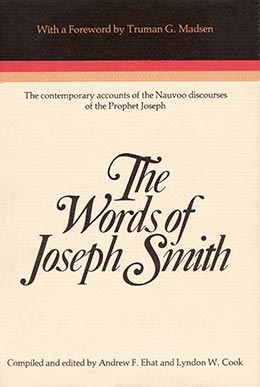15 July 1842 (Friday Morning)
Manuscript History of the Church[1]
It was reported early in the morning that Elder Orson Pratt was missing. [2] I caused the Temple hands and the principle men of the City to make search for him. After which a meeting was called at the Grove, and I gave the public a general outline of John C. Bennett's conduct.
—15 July 1842
Notes
[1] See History of the Church, 5:60-61. Not in Teachings. The following account is most probably taken from the "Book of the Law of the Lord."
[2] "I remember well the excitement which existed at the time," Ebenezer Robinson later reflected, "as a large number of the citizens turned out to go in search for [Orson Pratt]." Elder Pratt had been told that Joseph Smith wanted Orson's wife as his own plural wife and John C. Bennett was accused of having committed adultery with his wife. Both men denied these charges. "Under these circumstances his mind temporarily gave way, and he wandered away, no one knew where [the searchers] fearing lest he had committed suicide. He was found some 5 miles below Nauvoo, sitting on a rock, on the bank of the Mississippi river, without a hat" (Ebenezer Robinson, "Items of Personal History of the Editor," The Return, Vol. 2, No. 11 [November 1890]). Orson Pratt became more embittered towards the Prophet and a month later was excommunicated from the Church. In January 1843, however, he learned that he had made his judgment from information gained from a "wicked source." After a reconciliation with the Prophet and after the Church's move westward, Orson Pratt became the Church's expert spokesman for the doctrine of plural marriage, giving the first published discourse on the subject. Subsequently he was sent to Washington, D.C. to publish the reasons the Church advocated this principle. The title of his periodical, The Seer, demonstrated whom he ultimately believed regarding his earlier dilemma—Joseph the Seer.
